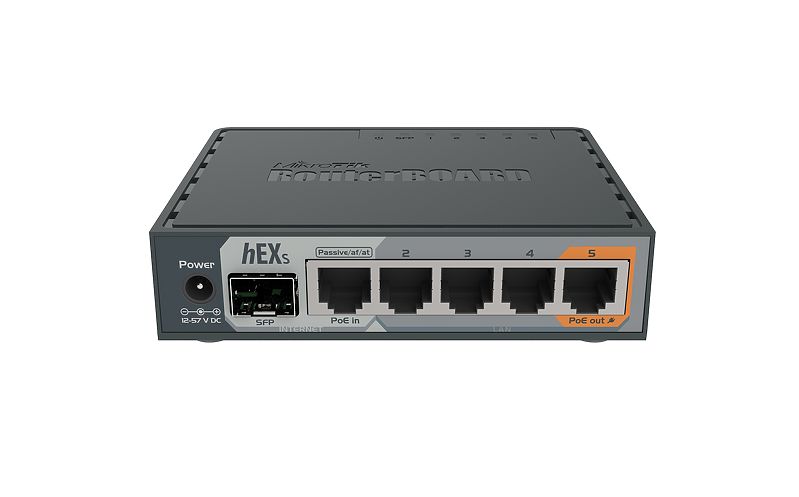

- #MIKROTIK ROUTEROS OLDER VERSION INSTALL#
- #MIKROTIK ROUTEROS OLDER VERSION UPDATE#
- #MIKROTIK ROUTEROS OLDER VERSION PLUS#
- #MIKROTIK ROUTEROS OLDER VERSION WINDOWS#
My router was power cycling every 30 seconds, so Windows didn’t see the ethernet port up for long enough for me to set an IP address. There were two things which caused me problems: I tried various ways of resetting the device. So no hope of sending it back to Duxtel to get a replacement (and I’m not sure if my pride would cope with that kind of RMA anyway).
#MIKROTIK ROUTEROS OLDER VERSION INSTALL#
In an effort to remove packages it won’t ever need (eg: wireless and hotspot) and free up space, I aggressively removed pretty much all packages and tried to install everything from scratch.Īpparently, removing the base routeros-mmips package isn’t a wise move.
#MIKROTIK ROUTEROS OLDER VERSION UPDATE#
There was a recent product update which improved the CPU and RAM by 4x compared to previous revision.īut the device still only has 16MB of flash memory (a micro SD card can be installed for more storage), with under 6MB free out-of-the-box. I was preparing a new Mikrotik hEX router for church. Note that since RouterOS uses a different kernel version and MMC driver, cards that don't work with RouterOS may work with OpenWrt, and vice versa.Your Mikrotik doesn’t boot. List of microSD cards know to work on RB450G with original Microtik RouterOS.
#MIKROTIK ROUTEROS OLDER VERSION PLUS#
Some users of the RB450G state that the MicroSD slot is not designed for regular push/pull operations and microSD cards are now fit there well, plus the microSD slot is on the opposite side of the board and is not accessible in many RB450G enclosures designed originally for older RB450 model (no access hole), so when using an old RB450 enclosure you need to fully disassemble the unit to fix / add / remove the microSD card.
For more information about setting up the card as a permanently-mounted filesystem, the USB storage instructions can be adapted, using /dev/mmcblk0* as the device names. You will need to format the card from the command line before you can use it. The SD card device will be called /dev/mmcblk0, with the first partition called /dev/mmcblk0p1. The MicroSD slot needs the kmod-mmc, kmod-mmc-over-gpio, and kmod-mmc-spi kernel module packages. Pre-built images are available on the MikroTik RouterBOARD RB450Gx4 device page. More information on the development process and the state of the branch can be found on the forum. The RB450Gx4 is NOT currently on the list of OpenWrt supported routers, however a WiP branch is available here. If you are looking for OpenWrt support of an RB450Gx4, be aware that it uses a different CPU (IPQ4019) and switch chip (AR8327: supports 'hybrid' VLANs) than the RB450G. That Mikrotik documentation does NOT clearly explain that Trunk ports can have one untagged and multiple tagged VLANs on one port, however Trunking is implemented and functional on OpenWrt Version 18. See the Mikrotik documentation: for an explanation of trunk, access and hybrid port capabilities for the switch chips. The 802.1Q Trunking capability of the AR8316 is quite capable of supporting segregated guest networks since 802.1Q Trunking allows a port to have one untagged VLAN (the 'native' VLAN1) and multiple tagged VLANs on the same port. The RB450G uses the Atheros AR8316 switch chip, which DOES support 802.1Q VLAN Trunking in OpenWrt Version 18, but does NOT support 'hybrid' or 'general' VLAN switching. With the advent of Version 18 OpenWrt, the installation process is now significantly simplified. With a fast processor, gigabit ethernet, and relatively huge amounts of RAM and flash, this is a very capable device with OpenWrt installed.


 0 kommentar(er)
0 kommentar(er)
